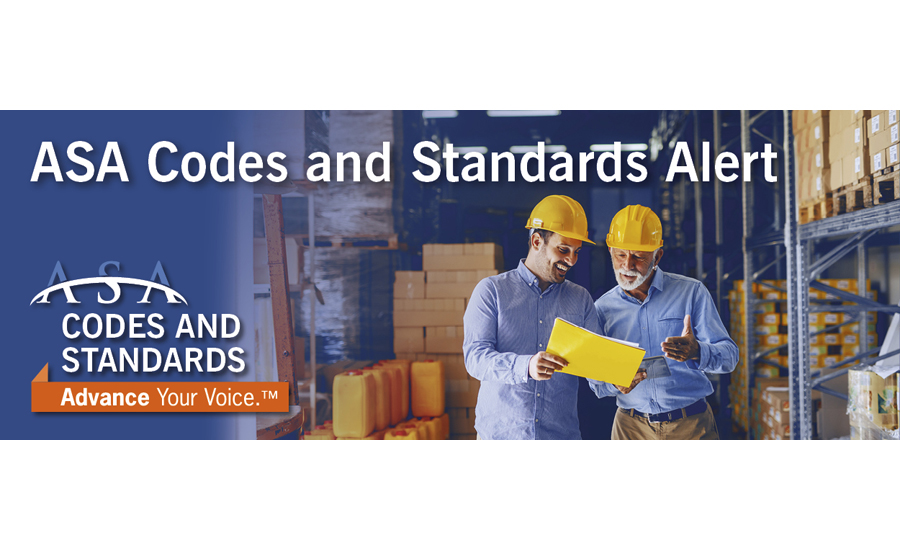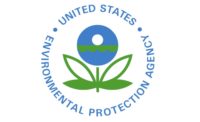ASA, in cooperation with other organizations such as HARDI and AHRI, has worked diligently to ensure that proposed revisions to the International Fire Code (IFC) address the safe storage of low greenhouse gas refrigerants (A2Ls). The following proposals supported by ASA were approved by the IFC Technical Committee during the May 2021 hearings:
- New Categories for Flammable Gas: A2L refrigerants in the gas phase are flammable but represent a low-flammability risk. The current IFS definition for flammable gas provides no categories of flammability and only define the gases based on ignitability and flammability range. The proposed change to the IFC proposed new levels of flammable gases based on the 7th edition of the Global Harmonization System of Classification and Labeling of Chemicals. A2L refrigerants, in the form of a gas, fall into the lower flammability category of 1B.
- New MAQs for 1 B Flammable Gas: Acceptance of the new category 1B flammable gas provides for the acceptance of Maximum Allowable Quantities (MAQs) for storage of the Category 1 B gas that are significantly higher than the higher flammability category while still ensuring a high level of safety. Briefly, the new proposed MAQs for the storage of Category 1B gases (including A2Ls) per control area is 10,000 pounds of liquid or 162,500 cubic feet of gas. These MAQs can be increased100% in building equipped with automatic sprinkler systems.
Based on industry survey data the typical amount of refrigerant stored at distribution sites is in line with the proposal supported by ASA and approved by the Technical Committee. The MAQ limits provide a safe and reasonable storage of the refrigerants while having a minimal impact on storage requirements currently followed by a majority of distributors.
Following the May code hearings, the decisions made by the Technical Committee were put out for public comment. The deadline for submittal of public comments was July 2, 2021 and the public comments were posted on August 13th. Technical Committee decisions not receiving public comment move forward in the process and will not be further considered at the upcoming code hearings being held in Pittsburgh, PA. The good news is that the positions taken by ASA that were approved by the Technical Committee did not receive public comment so they will move forward in the process without further discussion at the upcoming hearings.
Below are the remaining steps leading to the adoption of the ASA positions into the model code:
- September Public Hearings — During the hearings valid public safety officials (government) representatives vote on proposed actions. Proposals not receiving public comment (i.e. ASA positions) are voted on in a single combined vote or consent agenda vote.
- On-line Governmental Consensus Vote — The government representatives not at the hearing are provided the opportunity to vote on-line following the end of the hearings.
- Appeals — The completion of the on-line voting is the considered the final approval step on proposed changes. An opportunity to appeal the outcome is made available to those impacted by the final outcomes.
- Publication — After all appeal processes are completed, the approved changes are then ready for publishing in the next revision of the code which will be January 2024.
ASA is planning to have representation at the upcoming ICC Code Hearings in Pittsburgh. As noted above, there should be no change in the approval status of the ASA positions however, it is always a good idea to be at the table just in case an issue arises and we can stand up and defend our position.





